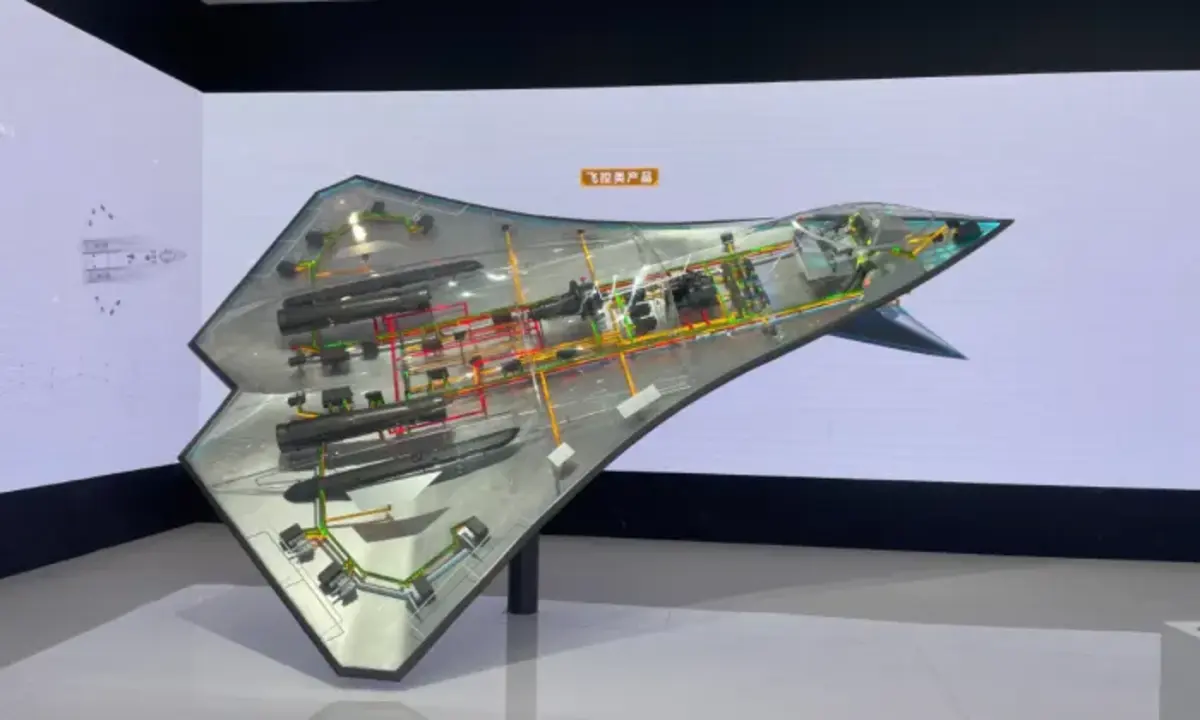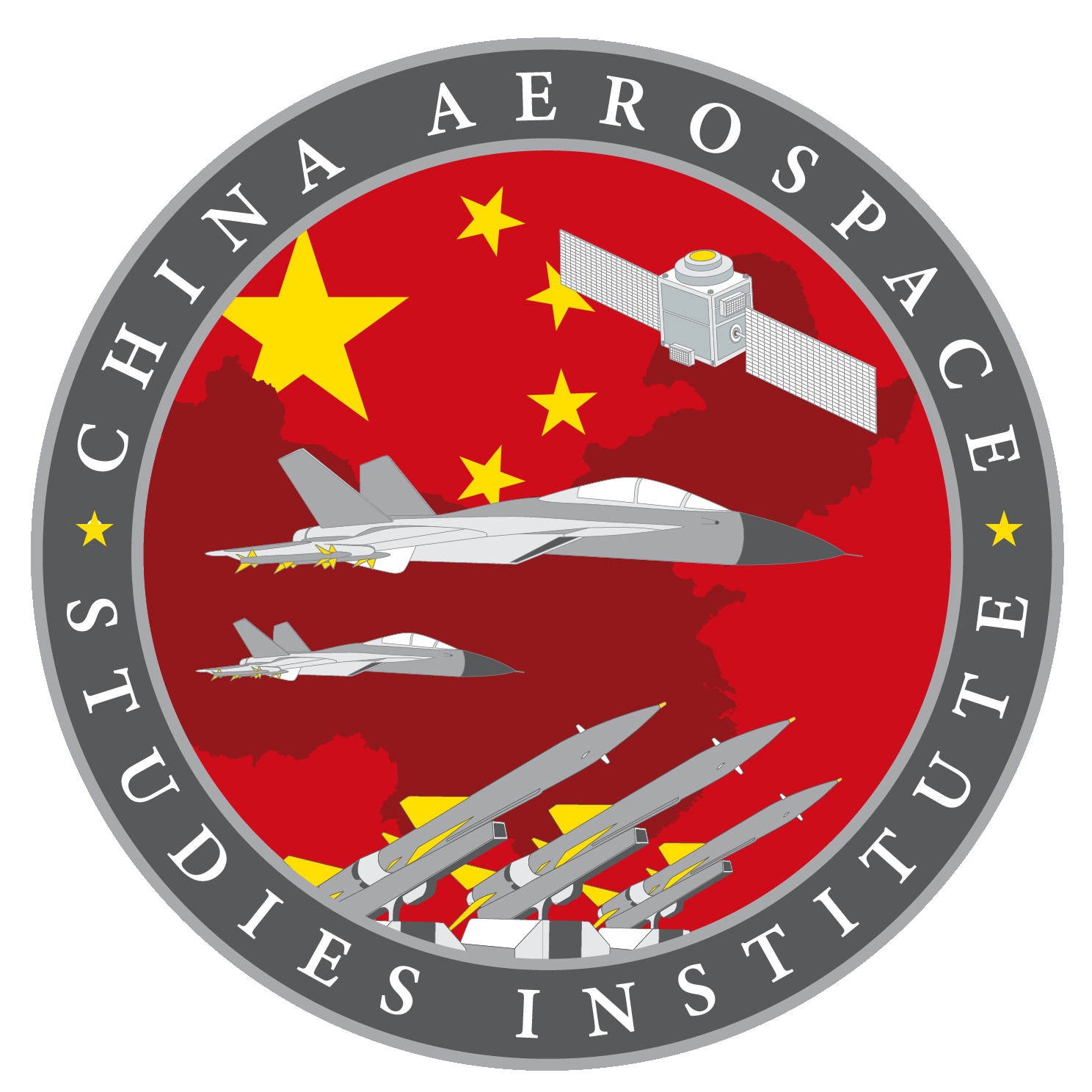

 字體:小 中 大
字體:小 中 大 |
|
|
|
| 2024/06/30 14:46:20瀏覽117|回應0|推薦2 | |
6th-Gen Stealth Fighter Race: US vs ChinaWho will be the first to build a sixth-generation fighter jet, the US or China? It’s a race where the stakes couldn’t be higher – who will be the first country to build a sixth-generation fighter jet, the US or China? Two reports in the last couple of weeks are giving insight into just how far China has come along. Writing in The Diplomat, the Asia-Pacific current affairs magazine, longtime Chinese military observer Rick Joe says it’s generally accepted that demonstrator test beds have been flown and that some form of the plane is expected to emerge this decade. Joe writes that one of the likely configurations of the plane would be a tail-less flying wing/flying arrowhead airframe. Meanwhile, a Chinese test pilot has been quoted as saying the sixth generation warplane is expected to make its debut soon. Li Gang, the test pilot in the maiden flight of the J-20 stealth fighter, spoke to China Central TV two weeks ago. “As the technology of our country’s aviation industry continues to develop, the next generation will definitely come out soon,” he said..
. . .Western observers have pieced together a rudimentary idea of what China’s next-gen plane will be like, based in part on images offered by the People’s Liberation Army Air Force. A rendering shows a horizontal blended wing-body aircraft design without any tails, fins or protruding vertical structures – not too different from what is seen in images of potential US next-gen fighters that have been released by industry in recent years.. Joe, the veteran China military watcher, writes that the plane is almost certain to use new technologies in engines, sensors, computing and networking. He also says the fighter is likely to operate alongside future unmanned combat aerial vehicles or collaborative combat aircraft – again, similar to what the US Air Force is planning for its sixth generation jet. The planes that the US and China are building are expected to be supersonic, more stealthy and semi-autonomous. They’ll use AI-driven computing that can analyze and transmit targeting data across huge areas in milliseconds. In addition to having an armada of drones nearby, the planes will have be armed with hypersonic missiles and precision laser weapons. A Chinese newspaper also described how “the aircraft should be able to form a network, draw real-time integrated situational images, create multiple attack routes, and transmit target information across mission areas in real time.” That sounds similar to the F-35’s “sensor fusion” in which data from cameras, electro-optical targeting, navigational details, warning systems and variables such as speed, altitude and angle of approach are analyzed and presented to pilots on a single screen.. .
. . . . . . . . . . . . . . . .美國空軍智庫中國航空航天研究所(U.S. Air Force’s China Aerospace Studies Institute)所長(Brendan Mulvaney)表示,「今天?不行。二十年後?絕對可以。我們一次又一次地看到這一點。我們越來越不會低估中國體系決定實現目標時的能力。」 BM指出,中國大陸將未來戰機描述為無人駕駛,但他認為該設計更有可能是「可根據需求選擇是否載人」,這取決於人工智慧系統以及其他必要技術的開發速度。 如果中國大陸第六代戰機將於2035年投入使用,考慮到試飛和測試需要約5年,原型機最早將在2028年左右準備就緒,而馬爾瓦尼預測可能會在21世紀30年代末或40年代初首飛。 第六代戰機的特徵包括強大的資訊化作戰能力和隱形能力,視距外作戰的進一步升級,人工智慧技術深度介入,可切換的有人/無人模式,有人機與無人機可以編隊作戰等。. . . China’s Space Capability and What This Means for the West. |
|
| ( 時事評論|國防軍事 ) |













